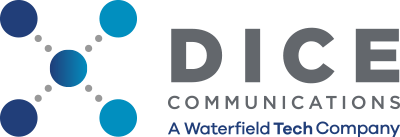
It’s no secret that information technology (IT) is a field dominated by men. Although women make up 57% of our workforce, they hold just 25% of computing jobs.
Why are women less likely to go into STEM careers? And why, once they’re in these careers, do they make up just a small fraction of leadership positions?
In spite of efforts for inclusion, representation is still sorely lacking in IT departments in organizations across not only the United States but the world. Whether it’s equal pay, greater numbers of female leaders, or more promotion opportunities, there are plenty of ways that organizations can create female-friendly environments where women in information technology can thrive.
The Current State of Women in Computer Science
Ironically, computer science was initially a female-dominated field. In fact, the world’s first computer programmer, Ada Lovelace, created the entire field. Women have so much to offer STEM, so why are female IT staff left behind?
Computer science jobs are slated to grow by an additional 19% by 2026. However, women only earn 18% of computer science degrees in the U.S.
Even more alarming is the fact that the percentage of women in computer science is dropping. Between 1990 and 2013, there was an 11% drop in female IT professionals.
Why We Need More Women in IT
Gender diversity has always been a challenge in STEM fields. While diversity might sound like a marketing initiative, it has a tremendous impact on an organization’s culture and revenue:
- Diverse teams are more profitable: Diverse teams are more creative because of their varied life experiences. Great minds think differently, after all. It’s no wonder why diverse teams are 15% more likely to have above-average profits.
- Increase retention rates: Organizations that staff 50% of leadership positions with female IT professionals have more pay equity, higher retention, and better job satisfaction overall.
- Female leaders create a positive culture: 43% of professionals say that female leaders create a more respectful, safe work environment. A greater split among the genders also improves communication and morale across the organization.
5 Strategies to Retain Female IT Professionals
Female IT professionals are a necessity for organizational success. But 51% of women in information technology say their career prospects are worse today than before the pandemic.
While a single organization can’t change this systemic problem overnight, these five strategies can create a culture where female IT experts thrive.
1. Clear Career Progression
Sixty-Six percent of women in IT say there is no path forward for their career at their current organization. Plus, only 25% of women think they’ll be promoted, compared to 54% of men. This is why it’s so critical for organizations to create a pipeline for employee promotions.
Try to offer more career opportunities for your team. There should be obvious paths to promotion—or, if you have a small organization where that isn’t possible, at least create a set raise schedule. You can even arm your team with skills-based training to prevent them from stagnating in their career.
2. Fair Compensation
The premise of “equal pay for equal work” is a good one, but many workplaces have made salary discussions taboo. This is problematic for women in information technology, who earn an average of 3% less than their male coworkers.
When you consider the fact that the employees have identical experience and skillsets, with the only difference being their gender, this is alarming.
It might feel uncomfortable at first, but salary transparency is a must to ensure female IT staffers are compensated equally. Ask your HR team to do a complete audit, ensuring that underpaid employees are raised to an appropriate level.
3. Diverse Hiring and Leadership Initiatives
Humans look for other people who are similar to themselves, which is why men tend to hire other men for STEM jobs. Without women in hiring positions, a male-centered environment is a pattern that repeats itself.
Only 43% of organizations invest in diverse hiring initiatives. It’s no wonder why 48% of women in information technology report discrimination during the hiring process. This is yet another reason why organizations need to not only hire more women for STEM jobs but also have more female leaders with hiring power.
4. Zero-tolerance Harassment Policies
Even if an organization manages to attract female IT employees, that doesn’t mean its environment is female-friendly. Just 38% of female IT workers feel supported by their organization, and 36% say they experience regular sexual harassment at work.
Your HR team needs to take a zero-tolerance approach to sexual harassment in all of its forms. This includes obvious harassment, like inappropriate touching, but it also includes less-obvious problems like put-downs and “jokes” that isolate female employees.
5. Skills-based Training
Women in STEM are 22% more likely to experience imposter syndrome. Seventy-nine percent of women also say they feel a constant need to prove themselves in a male-dominated workplace.
While culture definitely plays a role, organizations should equip female IT employees with the skills to exceed in their roles. Pay for training or certifications for all of your employees, encouraging women to pursue training for higher levels of work. Regularly praise and recognize your female IT experts for their accomplishments, just as you would for male employees.
Dice Communications: Bridging the Gaps for Women in IT
An IT specialist can look like anyone. It’s time to change the culture of IT to not only invite female IT experts into the fold but create a safe, welcoming space where they can thrive. This requires internal change that might be difficult, but it leads to better outcomes in terms of employee retention, improved work quality, and revenue.
It’s time to be the change. See how Dice Communication’s diverse leadership team is making a difference.


